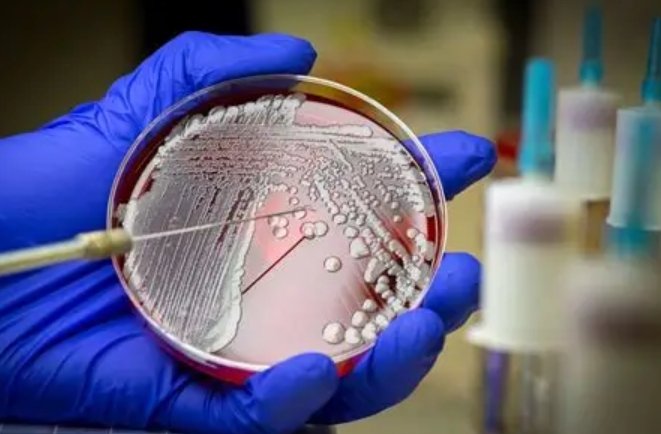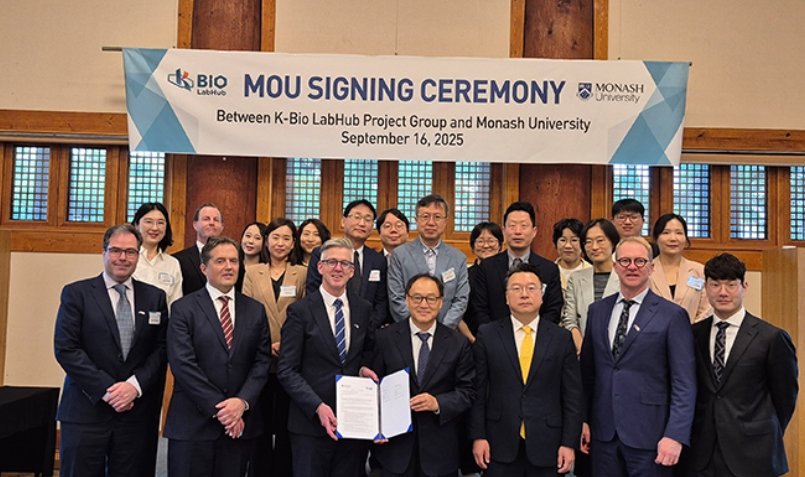
The Indian biotech industry has done remarkably well so far. The inventiveness and efficiency of the industry has contributed immensely to the success and resilience of the Indian biotech sector, especially in the manufacturing and service segments. Despite heavy odds, including drought of financial resources, stiff competition among several domestic manufacturers, and having to walk the tight rope between doing innovative R&D and delivering affordability with quality, Indian firms have introduced a number of products in the market.
The last decade witnessed a spectacular growth of 24.18 percent for the sector, although due to the global economic meltdown there was a slump of 18.5 percent during 2011-12.
The biopharma segment continues to dominate.
India's expertise in the art and science of GMP for macromolecules has earned it the goodwill and respect of the international community. Because of our tried and tested strengths in vaccine development and manufacture, new alliances are beginning to emerge between the Department of Biotechnology (DBT), Indian companies, public-funded institutions and global philanthropic institutions such as Malaria Vaccine Initiative, Bill and Melinda Gates Foundation, Program for Appropriate Technologies in Health and the Wellcome Trust. The other noted strength of Indian biotech companies is carrying out contract services related to R&D, clinical trials and manufacturing.
Due to several reasons, India is fast becoming a hub for global clinical trials and this is likely to create numerous opportunities for a number of associated industries such as invitro diagnostics, education and data management. This will in turn have a cascading effect on the implementation of quality assurance measures and enforcement of ethical norms and good clinical practices.
The Indian agri-biotech segment has done spectacularly well with Bt cotton. A mere 50,000 hectares of area under the crop in 2002 increased to a massive 10.8 million hectares in 2012. Bt cotton is a clear winner and demonstrates how timely introduction of a new technology can break productivity barriers and help crop production in a sustainable manner. It also taught us lessons in regulatory issues and the need for better and clearer communication with the consumers and the public.
Nevertheless, the pall of uncertainty surrounding the agri-biotech segment today is mainly due to the collective failure of various stakeholders to resolve differences gracefully and dispassionately regarding the potential benefits and risks of GM crops, especially food crops. All of us-government, activists, the scientific and agricultural communities and industry are to blame for the current gridlock. In this atmosphere, investments into this segment are likely to decrease.
Application of biotechnology in agriculture is clearly complex and needs patience, persistence and a sense of proportion, backed by a strong regulatory agency. It is hoped that the Biotechnology Regulatory Authority of India (BRAI) bill is pending with the government for some time now will see the light of day at the earliest. While the Indian biotech industry must build on its current manufacturing and service strengths, there is a growing realization that cost advantage, which has served it well, will not last long. Clearly, it is time to move decisively towards discovery and innovation, both for the sake of the industry and the public-funded institutions.
However, this is easier said than done as, in doing so, several challenges have to be overcome. These include continued lack of quality human resource of the right kind; weak entrepreneurial skills in a society that frowns on failure, inadequate public-private partnerships, weak mechanisms and infirm policy structures for technology transfer between public institutions and private firms, insufficient venture capital, scarce ignition grant system, and a science-led, transparent, evidence-based regulatory system.
Processes to rectify these have been put in place but obviously more vigorous efforts will be needed. The biotechnology sector calls for a long-term, integrated perspective with predictable and transparent fiscal, regulatory and policy support as it involves several stakeholders for consistent success. In the past it has taken shape mostly through a series of scattered and sporadic academic and industry initiatives. The National Biotechnology Development Strategy approved by the government in 2007 was the first attempt to build coherence and continuity across domains and disciplines, and promote synergy through a holistic vision and a roadmap.
Most of the promises made have been met, notably several measures to promote discovery and innovation including the Biotechnology Industry Partnership Program, setting up of Biotechnology Industry Research Assistance Council, Wellcome-DBT Affordable Healthcare Initiative and Stanford-India Biodesign Program. In an area in which there are exciting developments on a daily basis, newer challenges keep emerging even before old ones go away. Given this ground reality, it is important to continuously redefine the exemplar of relationship between industry, academia, public sector and civil society.
A re-evaluation of the technological, fiscal, societal, and policy interventions that are needed to make the Indian biotech sector more vibrant over the next five-to-seven years has now become necessary. This will take us closer towards making India a major global biotech hub commensurate with its population size and potential.




